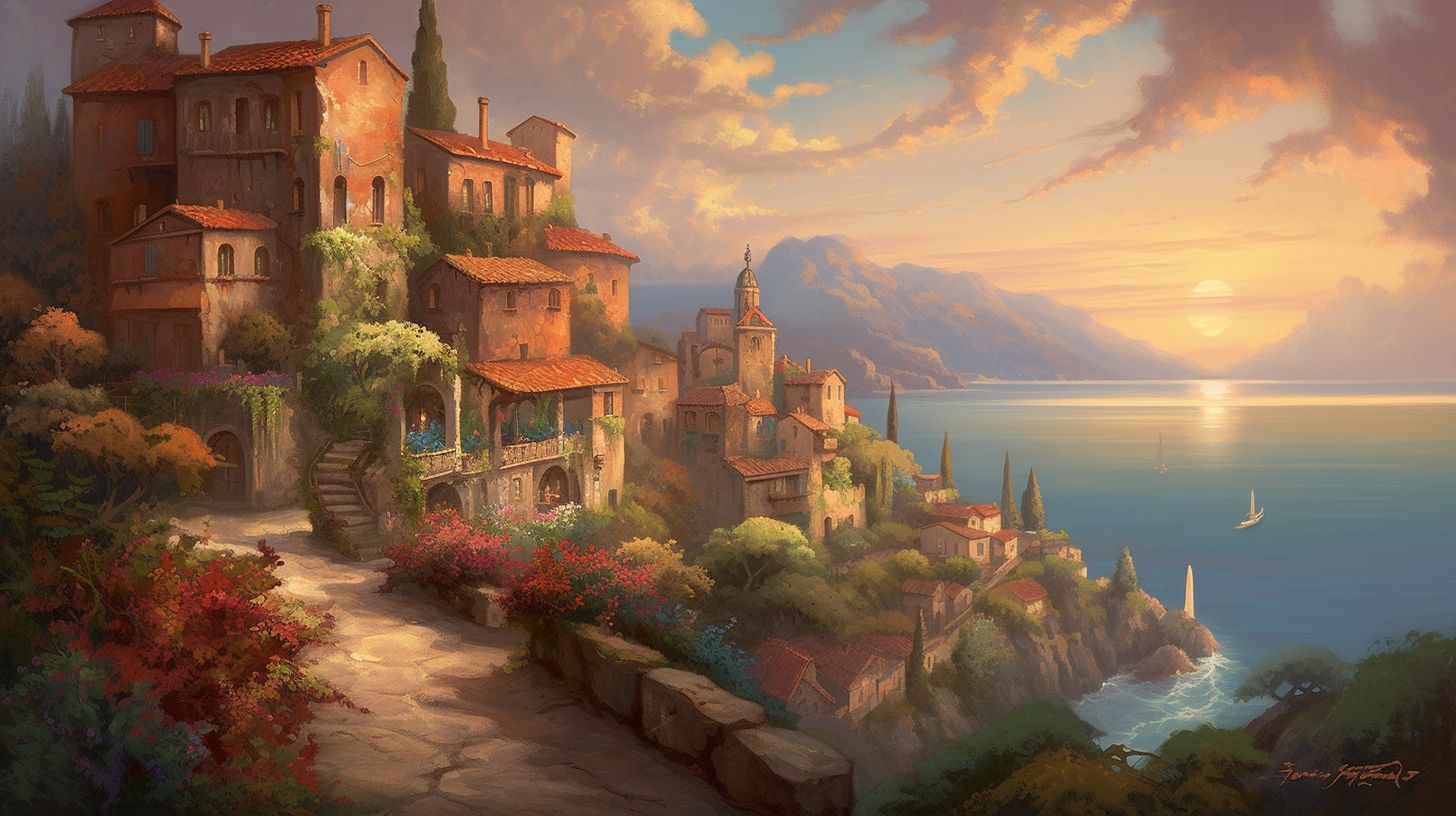Italian
Italy is a culturally and historically rich country located in Southern Europe, with a long and varied history that stretches back to antiquity. This article focuses on the 15th to 19th centuries, highlighting key events and developments in Italian history and heritage during this period. It also discusses the experiences of Italian immigrants in America and their descendants.
The Italian Renaissance
The 15th century marked the beginning of the Italian Renaissance, a period of great artistic, cultural, and intellectual achievements. Originating in the city-states of Florence, Rome, and Venice, the Renaissance saw the revival of classical art and learning, as well as innovative advancements in science, literature, and philosophy. Notable figures from this period include Leonardo da Vinci, Michelangelo, and Niccolò Machiavelli, whose works continue to be celebrated and studied for their contributions to Human knowledge and artistic expression.
The Unification of Italy
For much of the early modern period, Italy was a patchwork of independent city-states, duchies, and kingdoms, often at odds with one another. However, the 19th century saw a growing movement for Italian unification, driven by political and intellectual leaders such as Giuseppe Mazzini, Camillo di Cavour, and Giuseppe Garibaldi. The culmination of these efforts was the establishment of the Kingdom of Italy in 1861, under the rule of King Victor Emmanuel II.
Italian Immigration to America
From the mid-19th century onward, significant numbers of Italians emigrated to the United States, drawn by the promise of new opportunities and a better life. Italian immigrants settled in various parts of the country, particularly in urban centers such as New York City, Boston, and San Francisco. They worked in a wide range of occupations, from laborers and craftsmen to merchants and entrepreneurs.
The descendants of Italian immigrants have made significant contributions to American society in various fields, including politics, business, art, and cuisine. The Italian-American community has played an important role in shaping the cultural fabric of the United States, and the strong ties between Italy and the United States remain an important aspect of the nation's multicultural heritage.
Conclusion
The history of Italy and the Italian people is a rich tapestry of artistic, cultural, and intellectual achievements. From the splendor of the Renaissance to the struggle for national unification, the Italian people have demonstrated a remarkable resilience and adaptability throughout the centuries. Their experiences in America have been no exception, as Italian immigrants and their descendants have contributed greatly to the development and enrichment of the United States. The story of Italy and its people serves as an inspiring example of the triumph of human creativity and perseverance in the face of adversity.


